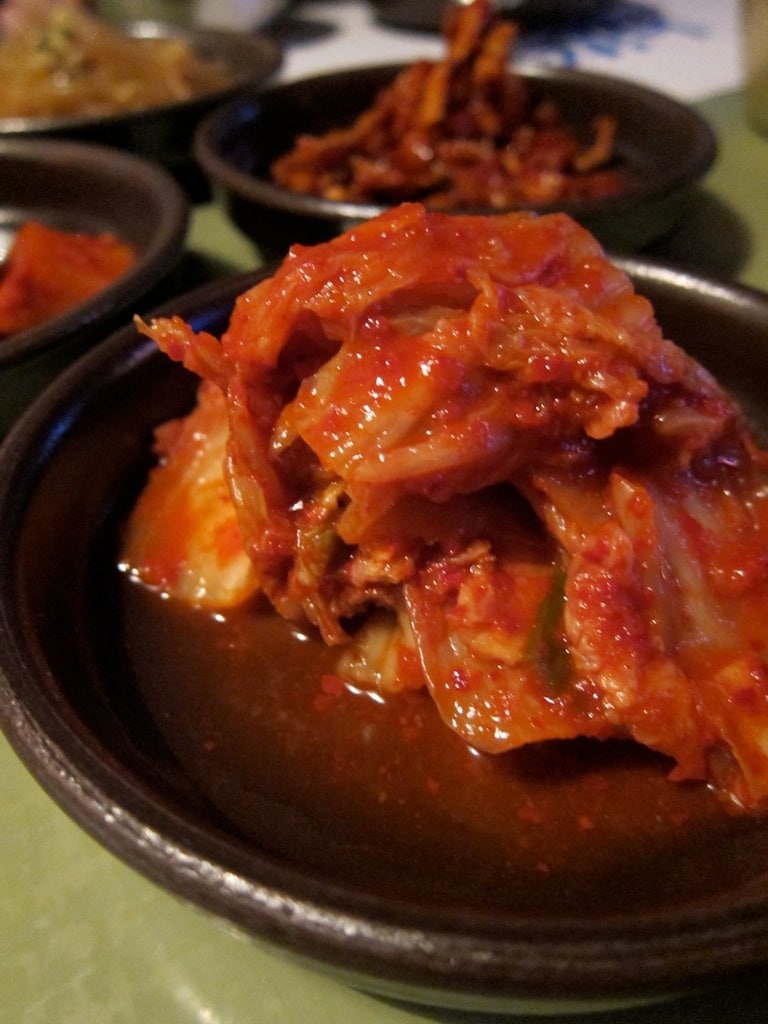
Banchan, Unlimited Delicious Delight.
One of the highlights in Korean cuisine is the banchan that accompanies your main course and fills the table with delicious colors and variety. Learn the banchan history and its origins.
Banchan History & Origins
What is Banchan?
Translating to “side dishes” or “appetizers”, banchan are the small dishes served in small portions and set in the middle of the table with the main course for all to eat. The best part: it’s replenished as often as you like.
Origins of Banchan
Banchan dates back to the mid-Three Kingdom period, around 300s AD at a time when Buddhism was a heavy influence and meat consumption was highly discouraged. As a restyle, seasonal vegetable-based dishes became the focal point of Korean cuisine.
Even after the Three Kingdom period and during the presence of Mongols, vegetables were still highly regarded and present at every meal from simple dinners at home to royal court cuisine.
About the Free Refills
As for the unlimited and free refills, at the time, banchan was cheaper than rice. And when the price of rice lessened, free refills of banchan carried on and became a standard from street food stalls to pubs to high-end restaurants.
The more formal the restaurant, the more the spread of banchan on the table. In fact, the larger the variety of banchan showcases the quality of care and service as well as economic stability.
Components of Banchan
Examples of banchan include kimchi, namul, jorim, potato salad, omelet, japchae, fish cake, and so on. Of these, there are the main elements for a spread of banchan:
- fermentation and pickling
- lightly seasoned ingredients
- lightly sautéed or stir-fried
- braised
- steamed
Sign up for my newsletter on the sidebar for blog updates and my travel insider tips! And, check out my vlogs on YouTube!


